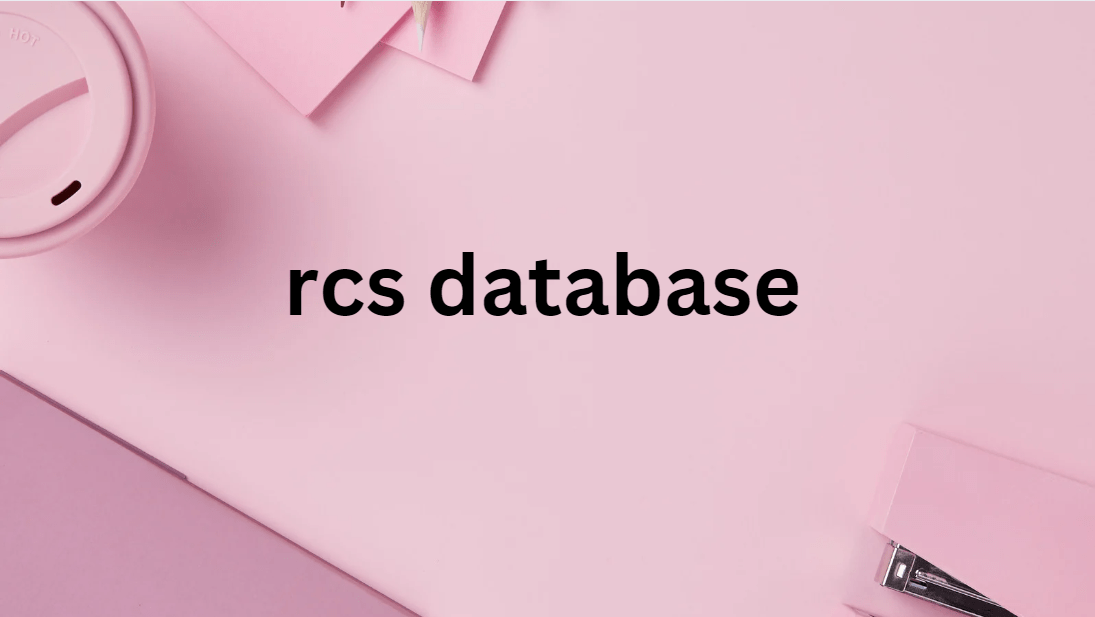One effective way to enhance this focus is by utilizing customer lifetime value (CLV) data to build a customer-centric strategy. This article outlines the steps involved in leveraging CLV data to align your business objectives with customer satisfaction and loyalty.
Understanding Customer Lifetime Value (CLV)
Customer Lifetime Value (CLV) is a metric that estimates the total revenue a customer is expected to generate for your business during their relationship with your brand. rcs database It factors in purchase frequency, average transaction value, and retention rate.
By understanding CLV, businesses can:
- Identify high-value customers.
- Allocate marketing and operational resources more effectively.
- Predict future revenue streams.
CLV provides a solid foundation for creating a customer-centric strategy that focuses on long-term benefits rather than short-term gains with Lifetime Value Data.
Why CLV is Vital for a Customer-Centric Strategy
A customer-centric strategy prioritizes the needs, preferences, and experiences of customers at every touchpoint. CLV enhances this approach by offering insights that help businesses:
- Segment Customers Based on Value
Not all customers contribute equally to revenue. By segmenting customers into groups based on their CLV, businesses can tailor their strategies to prioritize high-value customers while nurturing lower-value segments with Lifetime Value Data. - Optimize Resource Allocation
Knowing which customers drive the most value allows businesses to allocate marketing budgets, customer service efforts, and retention strategies more effectively. - Enhance Customer Experience
With CLV data, list of quick codes for managing plus services businesses can identify trends and preferences among their top customers, enabling the design of personalized experiences that boost satisfaction and loyalty.
Steps to Build a Customer-Centric Strategy Using CLV Data
1. Gather and Analyze Data
Start by collecting data from all customer interactions, including purchase history, website visits, and feedback. Use analytics tools to calculate CLV and identify patterns that differentiate high-value customers.
2. Segment Your Customer Base
Divide customers into segments based on their lifetime value. For instance:
- High-Value Customers: Focus on retention and loyalty programs.
- Mid-Value Customers: Invest in upselling and cross-selling strategies.
- Low-Value Customers: Offer incentives to increase engagement and spending.
3. Personalize Marketing Efforts
Use CLV insights to create tailored marketing campaigns. For example:
- Offer exclusive deals to high-value customers.
- Share educational content to help mid-value customers realize the benefits of higher engagement.
4. Enhance Customer Support
High-value customers often expect premium service. Ensure your support teams are equipped to deliver seamless and personalized interactions for these customers.
5. Monitor and Optimize CLV
Continuously track CLV metrics to assess the effectiveness of your strategies. ew leads Use feedback and data analytics to refine your approach and stay aligned with customer expectations.
Benefits of a CLV-Driven Customer-Centric Strategy
When businesses leverage CLV data to craft their customer-centric strategy, they can achieve:
- Improved Retention Rates: Focusing on high-value customers ensures better loyalty and long-term engagement.
- Increased Profitability: By prioritizing efforts on valuable segments, businesses can boost revenue without overspending.
- Enhanced Brand Reputation: Satisfied customers become advocates, spreading positive word-of-mouth and driving organic growth.


